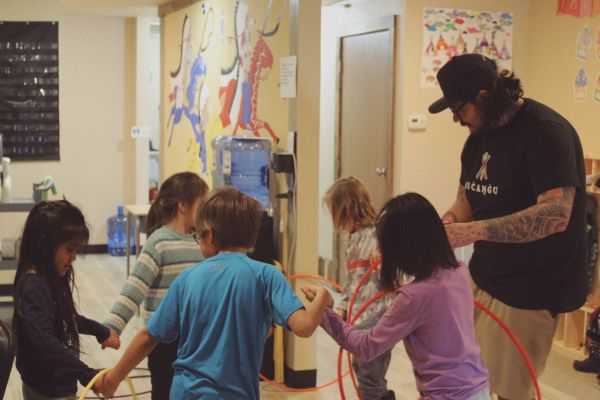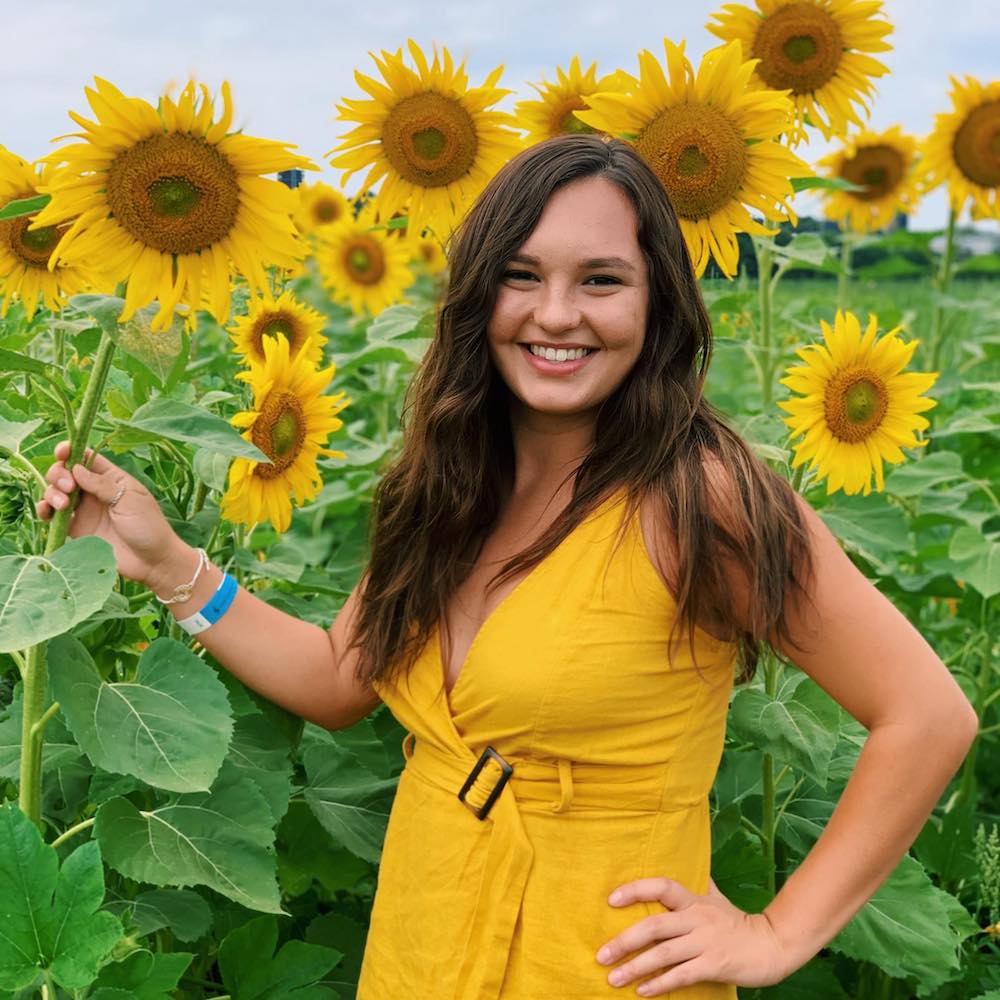
- Details
- By Kaili Berg
Now in its fourth year, the school is making strides with students to develop lifelong language learners who will preserve both the Lakota language and culture.
“The families and children who understand it are intellectual human beings and have the capacity to be economically independent,” Sage Fast Dog, the school’s founder and director, told Native News Online. “Over the last 150 years, schools have not been successful with Native Americans doing that. That’s why this school needed to be put in place. We have to take back our education.”
The program has more than 30 kindergarten through third-grade students taught primarily in Lakota in language.
The goals of the Wakanyeja Tokeyahci Wounspe Ti program include developing fluent Lakota language speakers; supporting students in learning about Lakota culture, traditions, and ways of being; honoring ancestors and elders; and developing the whole child.
“We want to make sure our kids are always secure wherever they go,” Fast Dog said. “Doing that is largely about holistic wellness, eating healthy, socializing with each other, and being who they are no matter where they go in this world where there are very few speakers.”
Teachers in the immersion program learn alongside the students with fluent speakers as mentors and monitors in the classrooms.
“Pairing a fluent speaker with a new teacher is the whole idea of moving everyone along at the same time,” Leland Little Dog, a fluent language speaking at the school, told Native News Online. “The advantage is they get to learn what I know because I am not trained in the classroom like them.”
Carm Shouldis, a teacher at the school, works alongside Little Dog in the immersion classes. Before, she did not see herself as someone who knew enough of the language to become a teacher. She trusted the process and developed a passion for teaching and language through her work in the program.
“I knew I was passionate about Indigenous education for children as a Lakota Teacher,” Shouldis said. “It means a lot to our children and they need to see themselves and their teachers succeed.”
Not only are students getting to learn their language, but they are fully immersed in Lakota culture as they share space learning songs, dance, and culturally significant stories and teachings.
“That’s why this school is important,” Fast Dog said. “We are thinking long term, we want our kids to be there, and we want our families to know that we value where we want to be. It’s going to take some time to get there.”
More Stories Like This
Native Women Share Their Journeys in Higher Education in New Book2025 Tribal Adaptive Student-Athlete of the Year Scholarship Recipients Announced
Ojibwe Scholar Anton Treuer to Speak at GVSU for Native American Heritage Month
Yazzie/Martinez Draft Plan Angers New Mexico Indigenous Education Experts and Advocates
Morongo Breaks Ground on New Tribal Elementary School
Help us tell the stories that could save Native languages and food traditions
At a critical moment for Indian Country, Native News Online is embarking on our most ambitious reporting project yet: "Cultivating Culture," a three-year investigation into two forces shaping Native community survival—food sovereignty and language revitalization.
The devastating impact of COVID-19 accelerated the loss of Native elders and with them, irreplaceable cultural knowledge. Yet across tribal communities, innovative leaders are fighting back, reclaiming traditional food systems and breathing new life into Native languages. These aren't just cultural preservation efforts—they're powerful pathways to community health, healing, and resilience.
Our dedicated reporting team will spend three years documenting these stories through on-the-ground reporting in 18 tribal communities, producing over 200 in-depth stories, 18 podcast episodes, and multimedia content that amplifies Indigenous voices. We'll show policymakers, funders, and allies how cultural restoration directly impacts physical and mental wellness while celebrating successful models of sovereignty and self-determination.
This isn't corporate media parachuting into Indian Country for a quick story. This is sustained, relationship-based journalism by Native reporters who understand these communities. It's "Warrior Journalism"—fearless reporting that serves the 5.5 million readers who depend on us for news that mainstream media often ignores.
We need your help right now. While we've secured partial funding, we're still $450,000 short of our three-year budget. Our immediate goal is $25,000 this month to keep this critical work moving forward—funding reporter salaries, travel to remote communities, photography, and the deep reporting these stories deserve.
Every dollar directly supports Indigenous journalists telling Indigenous stories. Whether it's $5 or $50, your contribution ensures these vital narratives of resilience, innovation, and hope don't disappear into silence.
 The stakes couldn't be higher. Native languages are being lost at an alarming rate. Food insecurity plagues many tribal communities. But solutions are emerging, and these stories need to be told.
The stakes couldn't be higher. Native languages are being lost at an alarming rate. Food insecurity plagues many tribal communities. But solutions are emerging, and these stories need to be told.
Support independent Native journalism. Fund the stories that matter.
Levi Rickert (Potawatomi), Editor & Publisher

